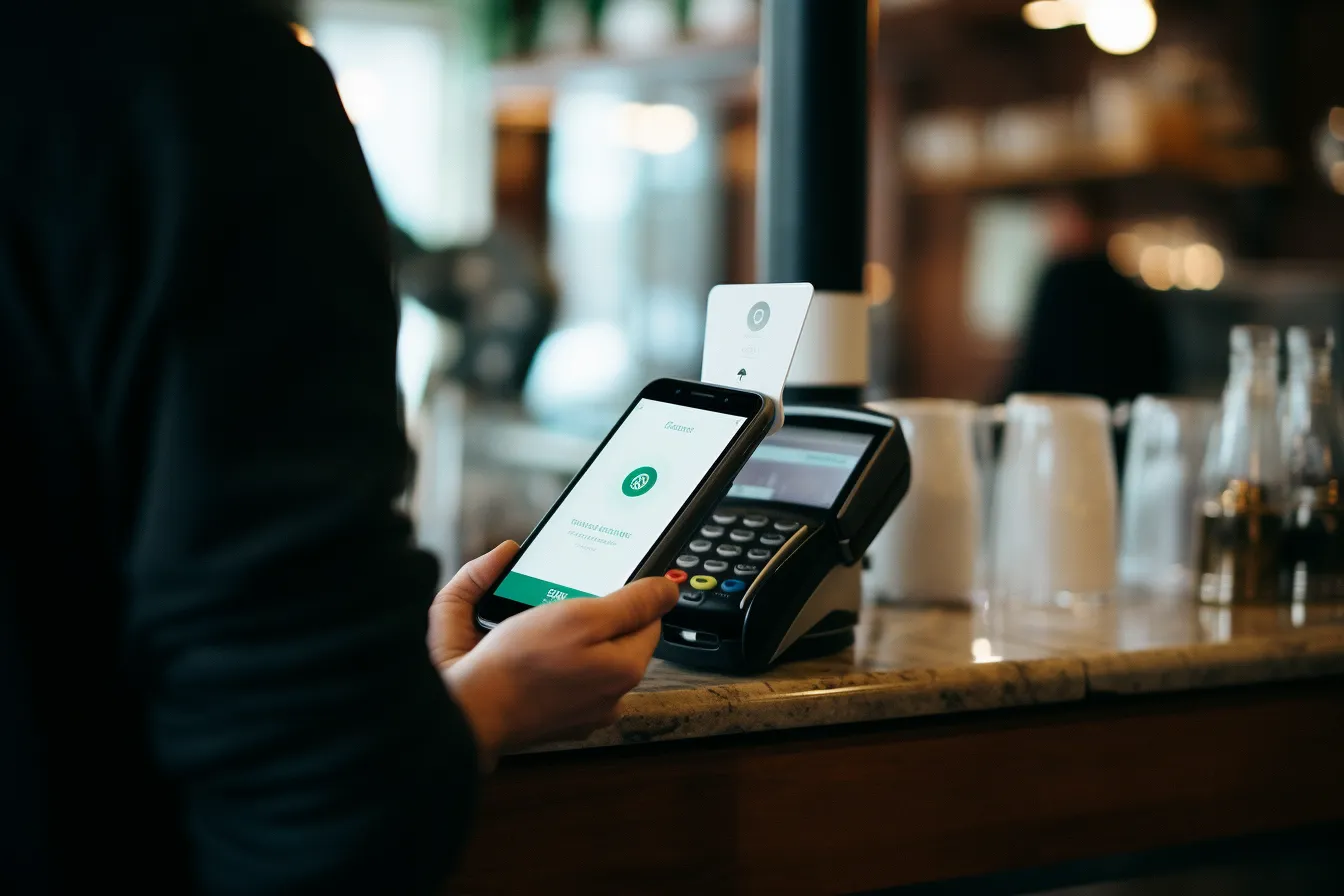Digital Banking Security Protocols – An Inside Look
Welcome to our comprehensive guide on digital banking security protocols. In this article, we will delve into the world of online banking and explore the measures banks take to protect your valuable data. As the digital landscape continues to evolve, ensuring the security of online transactions and personal information has become paramount. So, let’s dive in and discover how banks employ robust security systems to safeguard your online data.
The Importance of Digital Banking Security
With the increasing popularity of online banking, the protection of personal financial information is of utmost importance. Banks have a responsibility to their customers to implement stringent security protocols that minimize the risk of data breaches and unauthorized access. By strengthening their security measures, financial institutions can instill confidence in customers and make digital banking a secure and reliable experience.
Authentication and Authorization
One of the fundamental aspects of digital banking security is the implementation of strong authentication and authorization procedures. When it comes to accessing your online account, banks employ multiple layers of security to ensure that only authorized individuals can gain entry. This typically involves a combination of passwords, unique identifiers, security questions, biometric authentication, and device recognition.
By utilizing these measures, banks can verify your identity and authorize appropriate access to your accounts while preventing unauthorized parties from doing so. Through continuous advancements in technology, banks are able to enhance these authentication processes and provide robust security for their customers.
Encryption and data protection
Encryption plays a vital role in digital banking security. When sensitive data, such as passwords and financial transactions, are transmitted online, encryption ensures that the information is coded and cannot be easily intercepted or read by unauthorized individuals. Banks employ industry-standard encryption protocols, such as Secure Socket Layer (SSL) and Transport Layer Security (TLS), to safeguard your data during its transmission.
In addition to encryption, banks employ various measures to protect data within their systems. Firewalls, intrusion detection systems, and regular security audits are some of the techniques banks use to safeguard customer information. By employing a multi-layered approach to data protection, banks can minimize the risk of data breaches and maintain the confidentiality and integrity of your data.
Educating Customers on Security Best Practices
While banks play a crucial role in protecting your online data, educating customers on security best practices is equally important. Banks often provide guidelines and advice to customers on how to protect their online banking experience. This includes tips on creating strong passwords, avoiding suspicious emails and websites, and the importance of regularly updating software and operating systems.
By empowering customers with the knowledge to identify and mitigate potential security threats, banks can create a secure online banking ecosystem. Furthermore, banks continually strive to stay one step ahead of cybercriminals by investing in cutting-edge security technologies and collaborating with industry experts to mitigate emerging threats.
Continuous Monitoring and Fraud Detection
Banks prioritize continuous monitoring and fraud detection as part of their security protocols. By utilizing advanced analytics and artificial intelligence, banks can detect and prevent fraudulent activities. This includes monitoring for suspicious account activity, unusual login patterns, and identifying potential threats in real-time.
In the event of suspicious activity, banks employ robust fraud protection measures, such as transaction verification, two-factor authentication, and temporary holds on accounts. These additional layers of security help protect customers from financial loss and maintain the integrity of the banking system as a whole.
In Summary
With the rapid growth of digital banking, it is imperative that banks prioritize the security of your online data. By implementing authentication and authorization procedures, employing encryption and data protection protocols, educating customers on security best practices, and utilizing continuous monitoring and fraud detection systems, banks can create a secure online banking environment for their customers. Rest assured that behind the scenes, banks are working tirelessly to protect your valuable online data, making digital banking a safe and convenient experience for all.






